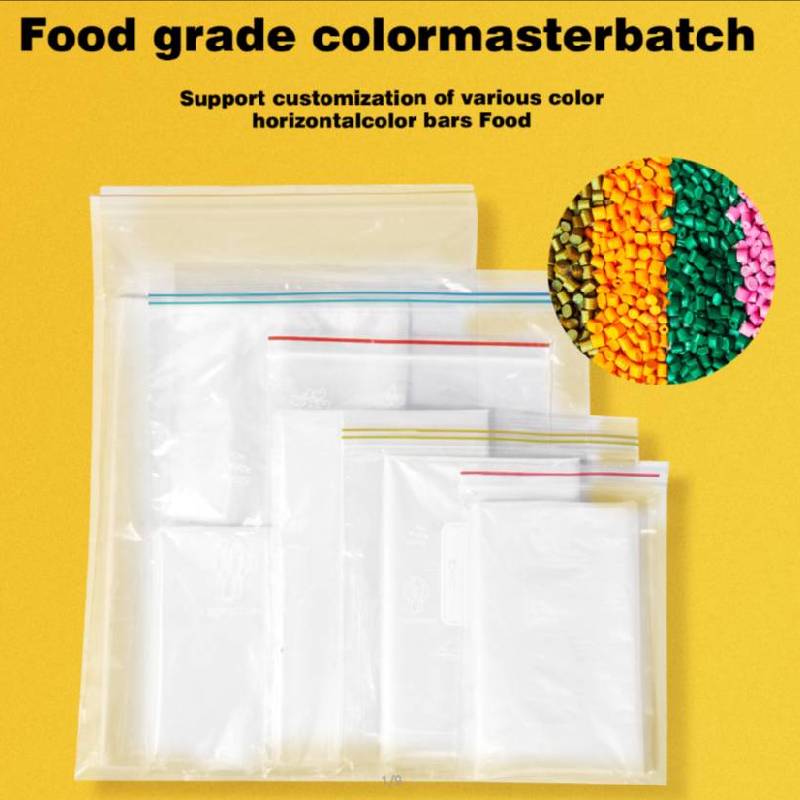stretch hooder film
The Art of Stretch Hooding A Revolution in Film Packaging
In the realm of logistics and packaging, the quest for durability, efficiency, and sustainability has led to innovative techniques that revolutionize how products are secured and transported. One such technique that has gained tremendous traction in recent years is stretch hooding. This method utilizes stretchable plastic films to cover and protect pallets of goods, offering numerous benefits that traditional methods cannot match.
What is Stretch Hooding?
Stretch hooding is a packaging method where a large, stretchy plastic film is used to envelop a pallet of products. Unlike standard shrink wrapping, which requires heat to conform the film to the items, stretch hooding takes advantage of the elasticity of the film itself. As the film is applied, it is stretched over the pallet and then retracted, creating a tight and secure fit that protects the items from environmental factors such as dust, moisture, and UV rays.
Benefits of Stretch Hooding
1. Enhanced Protection One of the primary advantages of stretch hooding is the superior protection it offers. The film is resistant to external elements, ensuring that the products remain clean and safe during transit and storage. This is especially vital for industries dealing with perishable goods or sensitive electronics.
2. Cost Efficiency Stretch hooding can significantly reduce packaging costs. The films used are often lighter and require less material compared to traditional methods. This reduction in material not only lowers costs but also decreases waste, making it a more sustainable option for businesses.
3. Increased Load Stability Stretch hooding provides greater load stability during transportation. The tension created by the stretched film helps to hold the products securely in place, reducing the risk of shifting or damage. This stability is particularly advantageous when transporting goods over long distances or in uneven terrains.
4. Improved Aesthetics The sleek appearance of stretch hooded pallets enhances the visual appeal of products during display and storage. Companies often benefit from this improved presentation, making it more attractive to retailers and customers alike.
stretch hooder film

5. Versatility Stretch hooding is suitable for various shapes and sizes of products. Whether dealing with irregularly shaped items, bags, or boxes, stretch hooding can adapt to fit diverse packaging needs, making it a versatile solution for many industries.
Environmental Considerations
In an age where sustainability is a top priority, stretch hooding offers an environmentally friendly alternative to traditional packaging methods. Many stretch films are now made from recyclable materials, and the reduction in material usage directly contributes to a smaller environmental footprint. Businesses that adopt stretch hooding can thus align their packaging strategies with green initiatives, appealing to eco-conscious consumers.
Challenges and Considerations
While stretch hooding has numerous benefits, it is not without its challenges. The machinery required for stretch hooding can be a considerable investment, particularly for smaller businesses. Moreover, proper training is necessary to ensure that staff can effectively operate the machinery and maximize the benefits of the technique.
Additionally, companies must be mindful of the type of film they choose, as not all films are created equal. Factors such as thickness, stretchability, and durability can impact the overall effectiveness of the stretch hooding process. Working with reputable suppliers who understand the specific needs of their clientele can mitigate these issues.
Conclusion
Stretch hooding is transforming the landscape of packaging, offering enhanced protection, cost efficiency, and environmental sustainability. As businesses strive to optimize their packaging processes and meet the demands of modern logistics, embracing innovative solutions like stretch hooding will be paramount. With its myriad benefits and adaptability, stretch hooding represents the future of film packaging, ensuring that products arrive at their destinations in pristine condition while also supporting a culture of sustainability.
-
Unlock Freshness with Premium Food Wrap RollNewsJun.04,2025
-
Smart Shipping Starts with the Right Mailing BagNewsJun.04,2025
-
Shine and Protect with OPP Bag PackageNewsJun.04,2025
-
Revolutionize Retail Packaging with T Shirt BagsNewsJun.04,2025
-
Elevate Waste Management with the Right Trash BagNewsJun.04,2025
-
Deliver Smarter with High-Quality Bubble MailerNewsJun.04,2025
-
Have the freedom of customizing your custom mailers any way you want! Our dedicated packaging support will help deliver you the mailing experience you need to elevate your shipping experience to the next level! Start making a strong impression on your customers and stand out from your competitors! -
LIYA uses high quality raw materials which directly purchased from large enterprises domestic and overseas such as PetroChina, Sinopec, Sabic, Equate, ExxonMobil, Dow Chemical, Total, and Borouge, ensuring the price advantage and quality of the raw materials. -
LIYA uses high quality raw materials which directly purchased from large enterprises domestic and overseas such as PetroChina, Sinopec, Sabic, Equate, ExxonMobil, Dow Chemical, Total, and Borouge, ensuring the price advantage and quality of the raw materials.





